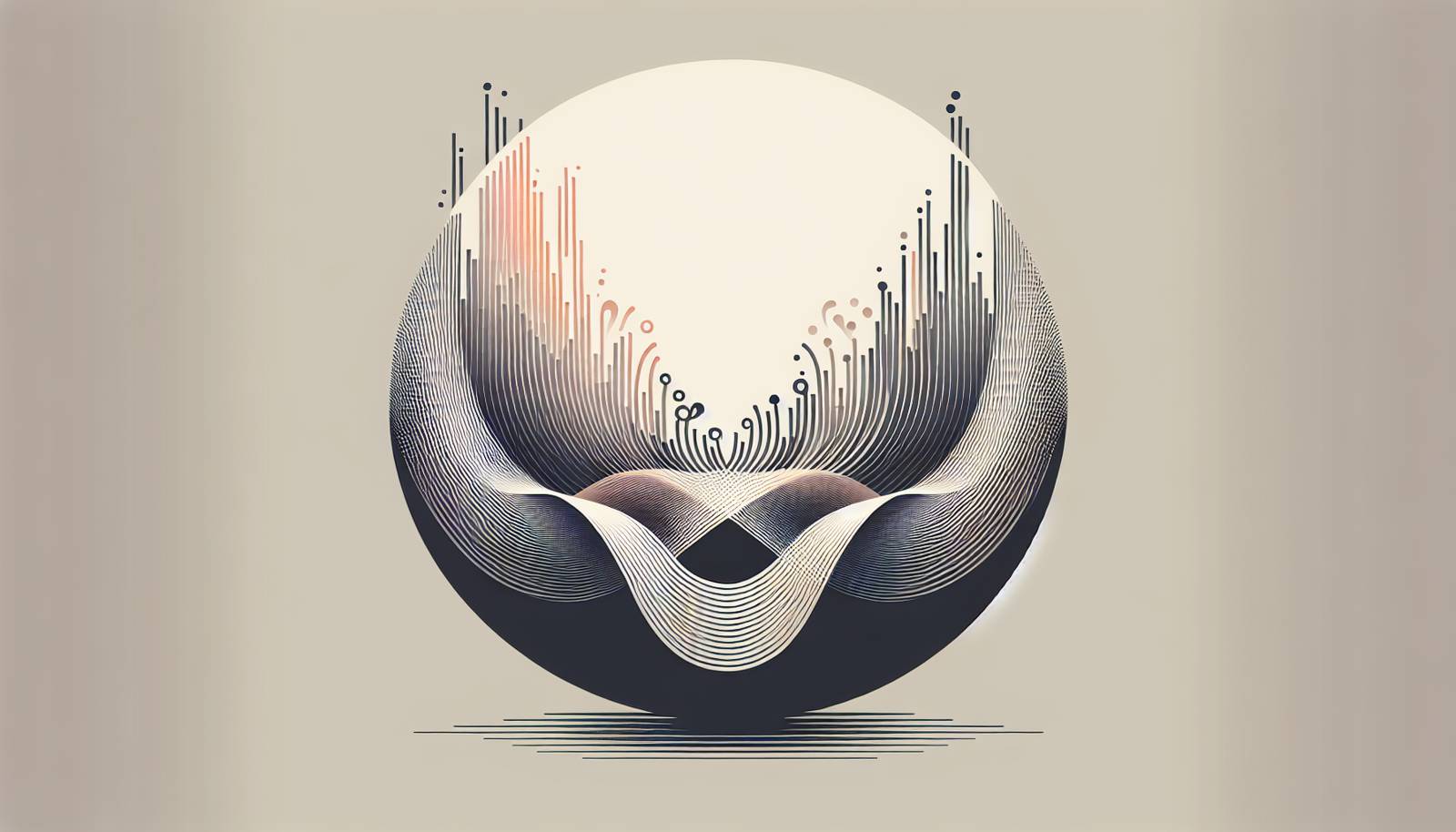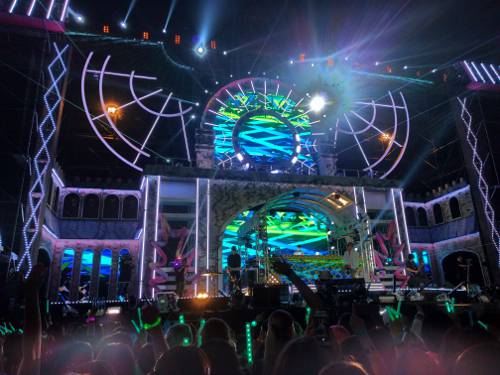
FAQ About The Evolution of Dance Music Through Decades

What defines dance music?
Dance music is a genre of music composed specifically to facilitate or accompany dancing. It is broadly characterized by strong rhythmic beats and is often produced using electronic instruments and technology. Dance music can range from simple, repetitive beats to complex, layered compositions, designed to engage audiences on the dance floor.

How did dance music originate?
Dance music has roots in early tribal music and traditional folk music, where rhythm was key for communal dances. However, modern dance music began to emerge in the late 1960s and early 1970s with the advent of electronic instruments and the rise of discos in the United States and Europe, marking the start of genres like disco and house.

What role did cultural shifts play in the evolution of dance music?
Cultural shifts have greatly influenced the evolution of dance music. For example, the countercultural movements of the 1960s and 1970s embraced disco, while the rave culture of the late 1980s and 1990s propelled techno and electronic dance music (EDM). Changes in technology, societal attitudes, and global connectivity have all contributed to the diverse landscape of dance music today.

How did technology influence dance music?
Technological advancements have been pivotal in shaping dance music. The development of synthesizers, drum machines like the Roland TR-808, and computer-based music production software expanded the possibilities for artists to create new sounds. The internet and digital distribution have further allowed genres like EDM to explode globally, reaching audiences worldwide with ease.

What are some major dance music genres through the decades?
Dance music has seen many genres emerge over the decades, each bringing its sound and culture. Key genres include disco (1970s), house and techno (1980s), trance (1990s), and EDM (2000s onward). Each genre has left a lasting impact on club culture and mainstream music through its evolution.

What impact did disco have on dance music?
The disco era of the 1970s was foundational for modern dance music. It brought rhythmic beats to mainstream music and was characterized by the use of synthesizers and steady beats. Disco laid the groundwork for the development of house and electronic music, influencing the structure and style of modern dance tracks.

How did house music originate?
House music originated in the early 1980s in Chicago, evolving from the ashes of disco. Pioneered by DJs in clubs like The Warehouse, it incorporates elements of disco, soul, and electronic music, characterized by its repetitive 4/4 beat structure. House music emphasized the role of DJs as curators and creators, shaping the cultures of clubbing and electronic dance music.

What is techno music?
Techno is a genre of electronic dance music that emerged in Detroit in the 1980s. It's characterized by its repetitive anti-establishment beats, intricate rhythms, and use of technology. Influenced by electronic, disco, and funk music, techno has become a staple of underground rave scenes worldwide.

What distinguishes trance music from other dance music genres?
Trance music is known for its tempos typically lying between 120–150 BPM, featuring repeating melodic phrases and a musical form that builds and releases tension, often inducing a euphoric or hypnotic feeling. The genre gained massive popularity in the 1990s and is distinguished by its use of uplifting melodies and progressions.

How has EDM changed the landscape of modern dance music?
EDM, or Electronic Dance Music, has revolutionized modern dance music with its broad appeal and commercial success in the 2000s. Characterized by its high-energy beats and production, EDM has incorporated elements from various electronic genres and styles, dominating festivals like Tomorrowland and transforming the music industry by emphasizing elaborate live performances and DJ sets.

What was the impact of festival culture on dance music?
Festival culture has significantly influenced dance music by providing platforms for artists to reach large audiences worldwide. Events like Ultra Music Festival, Coachella, and Tomorrowland have facilitated the global spread of genres like EDM, while also fostering a community around music where fans and artists converge, often leading to new collaborations and innovations in the genre.

How has global connectivity influenced dance music genres?
Global connectivity has allowed for the rapid dissemination and fusion of musical styles across borders, enriching the dance music scene. With the internet and social media, artists can share their work with worldwide audiences instantaneously, leading to cross-genre collaborations and a broader appreciation of diverse cultural influences in dance music.

What role do DJs play in dance music culture?
DJs are central to dance music culture, often acting as the bridge between music production and audience engagement. They curate and mix tracks to create dynamic live performances, setting the tone of events. Renowned DJs can profoundly influence trends within the genre, often driving the popularity of emerging music styles.

How has dance music influenced mainstream pop music?
Dance music has significantly shaped mainstream pop music, especially since the 1980s. Elements of electronic production, catchy rhythms, and the prominence of four-on-the-floor beats have been integrated into the pop industry, creating hybrid genres like dance-pop that dominate radio charts and music streaming platforms.

What are some common misconceptions about dance music?
Common misconceptions about dance music include the belief that it lacks complexity or depth, being solely repetitive. In reality, dance music features intricate production techniques and can convey a wide array of emotions. Another misconception is that it's only meant for club environments, whereas many tracks are enjoyed in diverse settings and for their artistic value.

How did the rise of online platforms affect dance music sharing and consumption?
The rise of online platforms like SoundCloud, Spotify, and YouTube has revolutionized how dance music is shared and consumed. Artists can independently release music to a global audience, bypassing traditional record label routes. These platforms have democratized access, allowing for diverse talent discovery and cross-genre experiments that keep the genre evolving.

What are the social aspects of dance music culture?
Dance music culture is inherently social, centered around communal experiences at clubs, festivals, and parties. It's about connection through movement and a shared appreciation for rhythm and beats. Events fostering dance music encourage social interaction, often creating a sense of community and belonging among attendees.

What impact did recording technology advancements have on dance music production?
Advancements in recording technology have transformed dance music production by making high-quality sound accessible to independent artists. With tools like DAWs (Digital Audio Workstations) and affordable recording equipment, producers can create intricate tracks from home studios, leading to a surge in creativity and diversity within the genre.

How has dance music reflected changes in social and political climates?
Dance music has often mirrored changes in social and political climates, acting as an outlet for expression and resistance. The disco era reflected liberation movements, while the rise of rave culture intertwined with themes of unity and freedom. Contemporary dance tracks often address issues of identity and inclusivity, resonating with global audiences seeking connection and change.

What are some influential figures in the history of dance music?
Influential figures in dance music history include Giorgio Moroder, a pioneer of electronic disco in the 1970s, and Larry Levan, known for his transformative DJ sets at New York's Paradise Garage. More contemporary figures like Daft Punk and Tiesto have further propelled the genre's evolution, shaping trends and influencing new generations of artists.
